If you’d ask someone where Red Bull’s characteristic commercials are made, most people would put their bet on a famous international studio. Well, they would all be wrong. Since the ‘90s, the commercials of the well-known international brand have come alive in the hands of a small animation studio in Pécs, Hungary. To this day, each frame is created with traditional methods of hand drawing and painting. Say hello to The Cartoon Garage!
This article was published in print in Hype&Hyper 2022/1.
Photos: Balázs Mohai
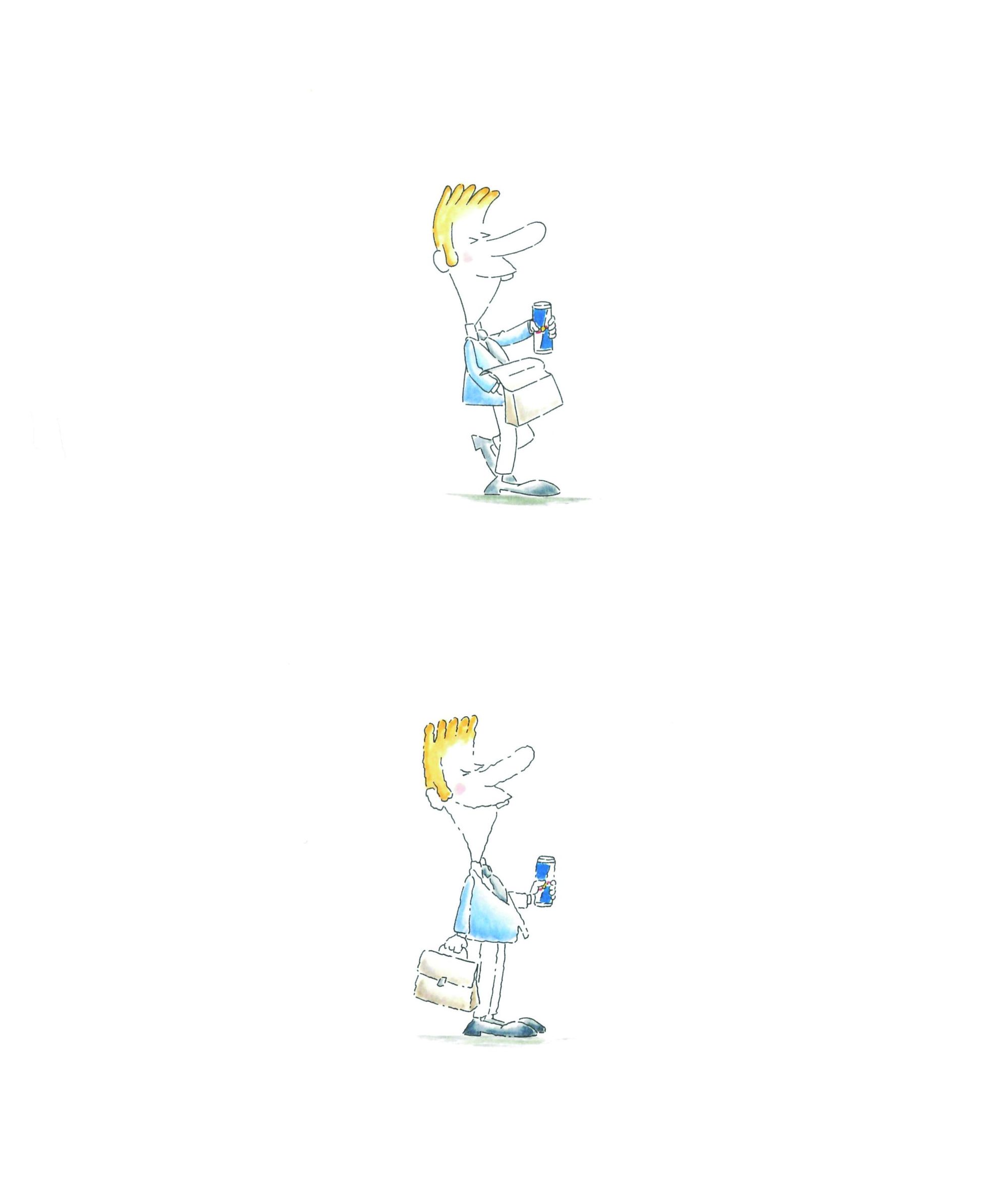
Before heading to Pécs in the Hungarian countryside, let’s stay in the capital for a little while. In autumn 2021, new residents arrived in the 8th district—the space that used to be a bistro, became occupied by the Budapest team of Kastner advertising agency. Instead of writing “Agency” on the door, they, however, refer to themselves as a “Kommunity”, and for a good reason. The location is not only home to an agency, but a café, a community and working space as well as a gallery.
“It’s time we leave our closed world behind, redefine the way we operate as an agency and start opening up in every sense. There’s no need to take everything so seriously. Our goal instead is to create something that would turn heads. I believe, as an agency, this is our creed”—Andrea Tóth, Kastner’s managing creative director explained in an interview when talking about how big of a decision it was for them to ditch the ivory tower of agency life for the liveliness of an open and inviting creative space.
This dynamic and coolness seems to be a habit in the profession, at least for the Kaster group whose Los Angeles office is shared with a vintage automobile agency, and their building in Madrid houses a five-star barber shop. The founder, Johannes Kastner is always on the lookout for unique places and as a true rock ‘n roll kind of creative, he dives into projects with ease that would surely make waves. In this context, it comes as no surprise that a few decades ago, Kastner, as the new-found agency of Red Bull, ventured to the Hungarian capital to find the creative team that would be the perfect fit to reanimate the energy drink-producing giant’s commercials. After a tiny detour, Johannes Kastner and Red Bull founder Dietrich Mateschitz found their dream team.
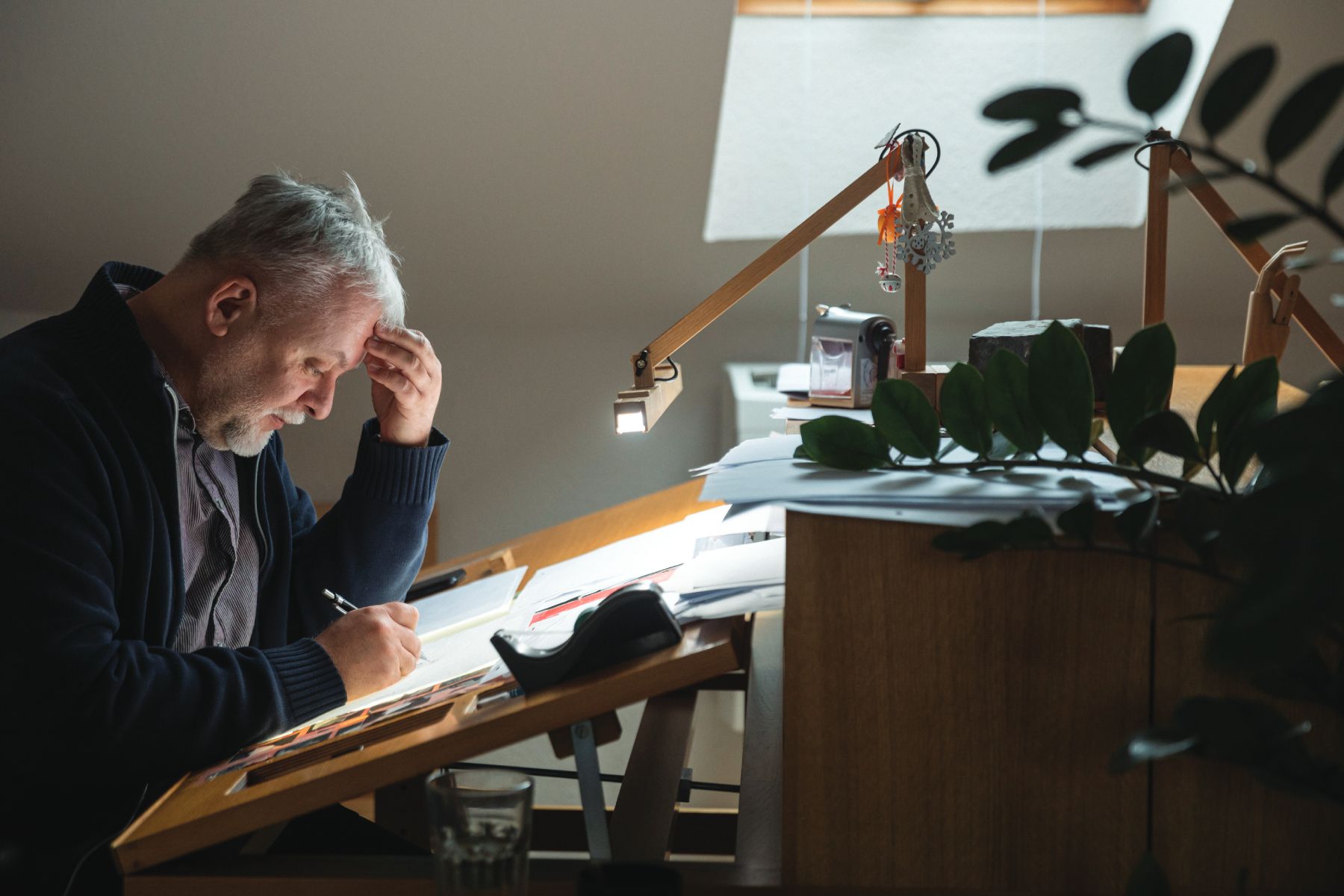

A bottle of Red Bull in Pannonia Studio’s hallway
“Hungary’s always been known for its drawing talents. After we had the idea of using cartoons for the Red Bull TV advertisements, we got in touch with the then state-run job placement company for film in Budapest. That was around the fall of communism in Hungary. That is where I met Tibor, because his company Funny Film was still dependent on this state institution—they got their paper and other drawing supplies from Budapest. When I realised that we worked together wonderfully, I motivated him to start his own business”—Johannes Kastner recalls.
Sadly, we can’t ask the other main character of this story about his personal recollection of the encounter, as Tibor Hernádi, the award-winning animation director passed away in 2012. Fortunately, we can still find veterans in the team who remember the legendary encounter. According to Erzsébet Takács “Mr Mateschitz and Mr Kastner stepped into Pannonia Studio with a bottle of Red Bull in hand and some character designs made by Austrian artist Horst Sambo. The directors were preoccupied with their own movies so Kastner and Mateschitz were told to speak to Tibor Hernádi. His style was very similar to what the brand was looking for so he was hired to create the first commercial, and Tibor decided to work with the creative team in Pécs.”
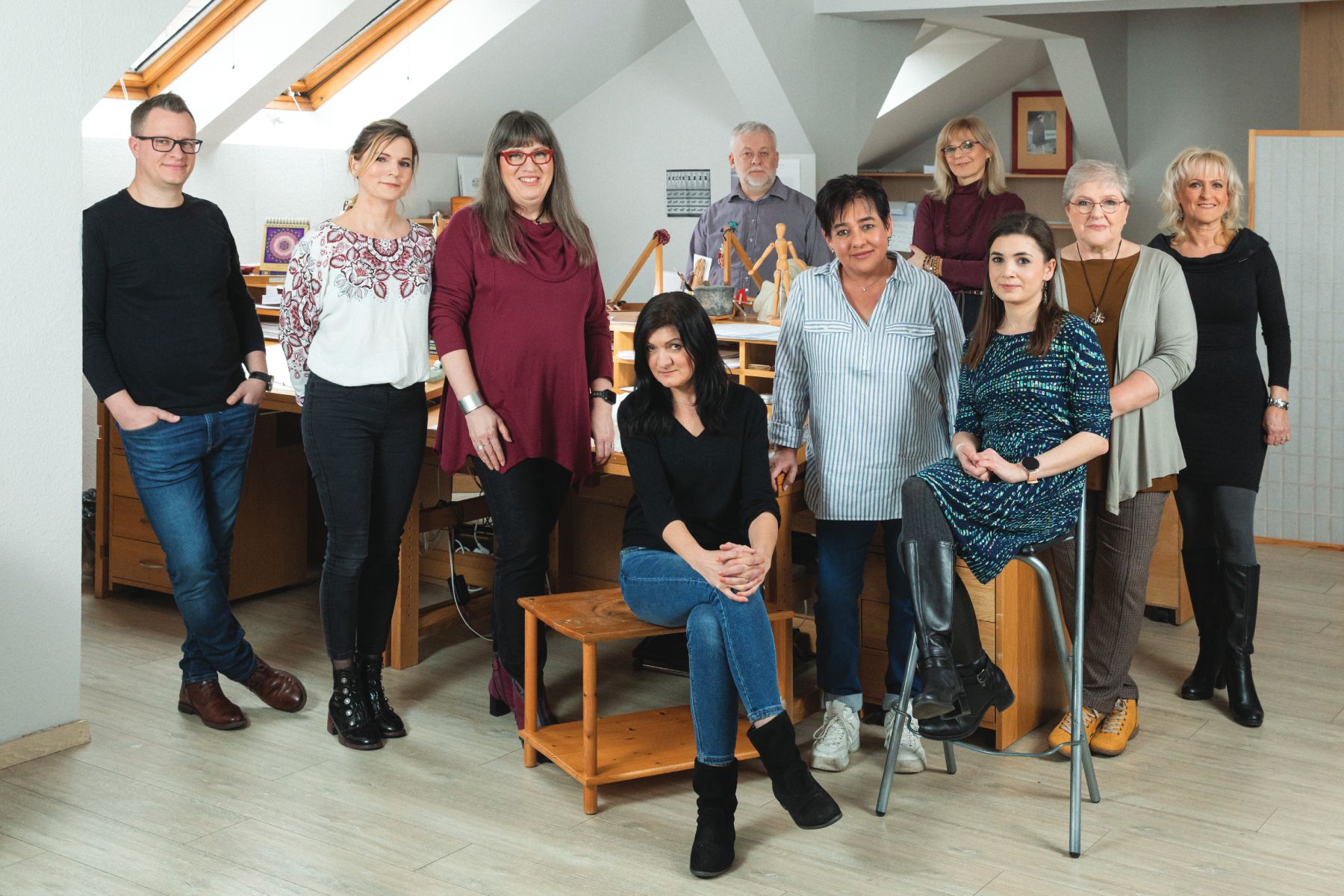
From a studio in Pécs to Funny Film and beyond
The studio in Pécs was basically born from the alma mater of Hungarian cartoon, Pannonia Studio. In 1979, the institution, led by János Schenk at the time, was considered to be Pannonia’s 8th studio. In 1981, László Kun became managing director, followed by Tibor Hernádi about whom those working in the studio still have fond memories.
After graduating from high school, Hernádi started working on John the Valiant alongside his idol and mentor Marcell Jankovics. But how did he end up in Pécs, you might ask? “In the early ‘80s, I was attending Animafest Zagreb with László Kun when he asked me if I’d be interested in guiding the talented, yet inexperienced animators in Pécs with Ferenc Rofusz (Academy Award-winning animation film director – ed.). I liked the idea, so this is how I got acquainted with Studio 8. It was such an open and kind group of people, I loved spending time in their company”—recalls Hernádi in a book about the history of Hungarian animation. Afterwards, Rofusz continued his career in Germany, while Hernádi stayed to lead the team of 30-40 enthusiastic illustrators and excellent artists that became Funny Film in 1991.
“The decision to make the films by hand was primarily due to Tibor and his team’s talent for making movements look as human-like as possible. Those working on the computer sometimes neglect these human details, precisely because they’ve never learnt to draw by hand. This is what sets Red Bull ads apart from everything else, which is exactly the purpose of advertising: you have to be unique and stand out from the crowd”—explains the founder of Kastner advertising agency.
The cooperation with Johannes Kastner switched the studio into high gear—by 1996, they had created 40 films for Red Bull, and Hernádi’s team was also recommended to other, mostly German companies by the agency director. This meant that by the end of the ‘90s, the company expanded to a team of 40-50 artists, however, following the passing of Hernádi in 2012, they had to face the question: “what now?”
Women in The Cartoon Garage
Kastner believed in the key members of the shrunken team among whom were Éva Szilbert—the studio’s in-house interpreter who went on to become the executive director of The Cartoon Garage—, creative director Mónika Bulyáki—who started out as a colour artist at Pannonia Studio and later learnt ropes from Hernádi—, and production manager Erzsébet Takács who transferred to the studio in 1980 from Zsolnay factory where she worked as a porcelain painter.
“Mr Kastner wanted to see if the three of us could manage the production of a film. We had to prove we could step up to the challenge, and obviously, we were freaking out”—reminisces Mónika, or as her colleagues call her, Monyó. “Our task was to design characters for an ad in the making with the leadership of Monyó, a task we succeeded in after all”—adds Erzsébet, who everyone calls Bözsi. “We were operating following the example set by Pannonia Studio, but we needed to find our own foundation. In December 2012, Mr Kastner felt ready to start a new company if I agreed to become executive director. This is how The Cartoon Garage came to life in April, 2013”—Éva recalls. Now, it’s 13 of them working in the studio—three managers, a cinematographer, four designer-animators, four key frame animators and a paint artist—most of whom are women.
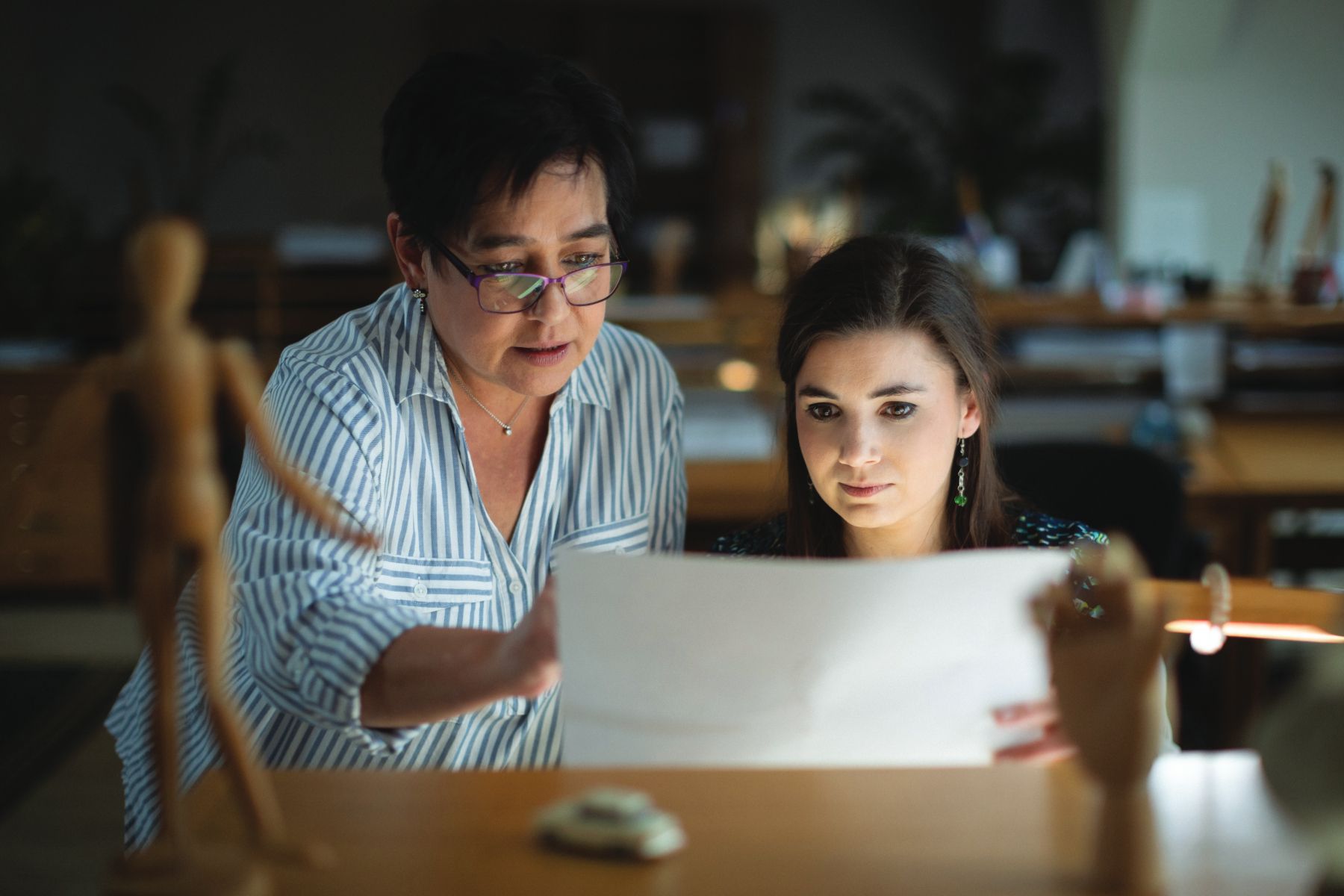
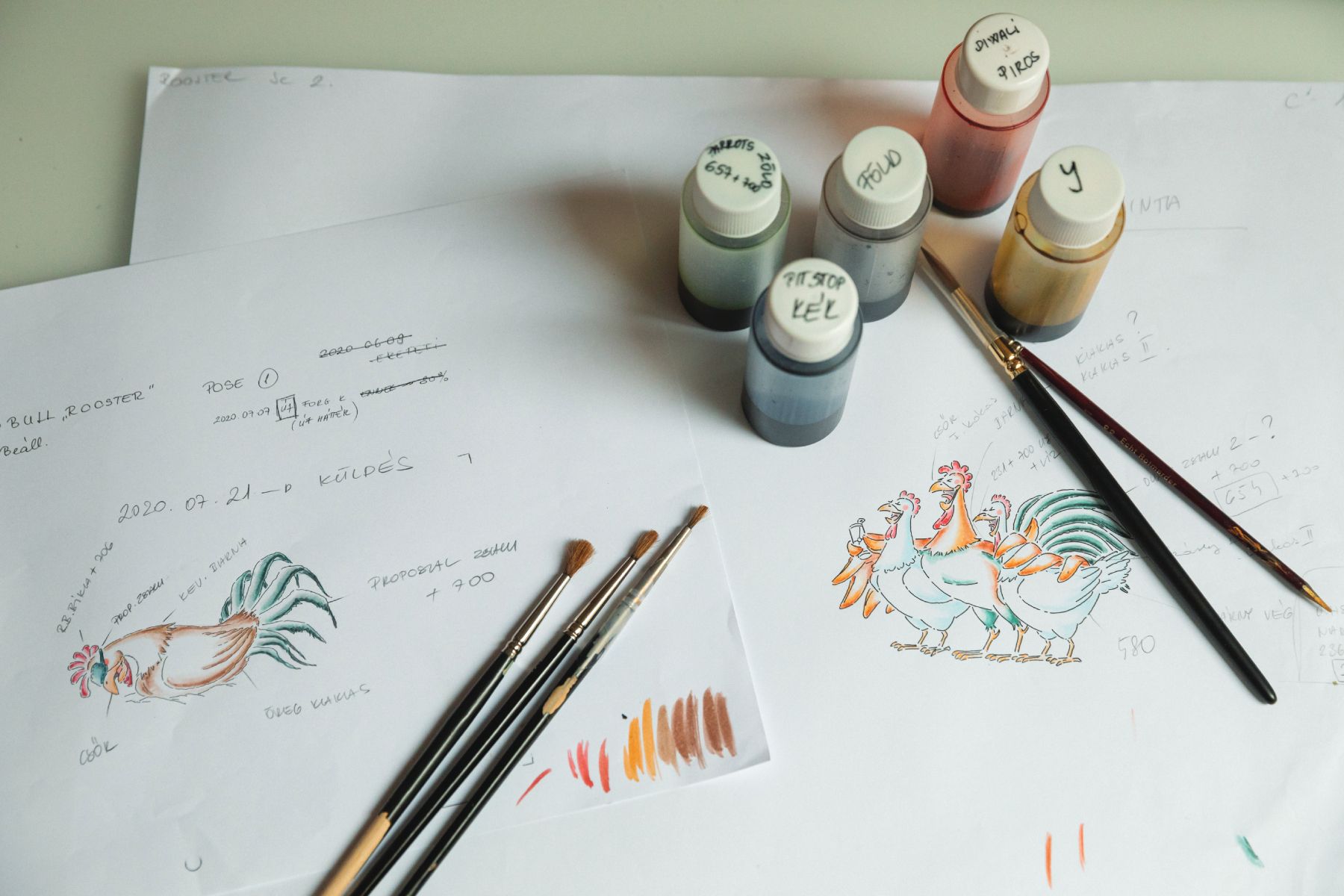
How are cartoons made?
In the early ‘90s, the studio produced only a handful of commercials, but now boasts 130 films that actually aired (with some more that had to stay in the drawer). All of these films were made with traditionally drawn animation on paper with pencil and watercolour. Digital technology only plays part in the process at the very end when the drawings are scanned and put into a sequence by the cinematographer.
It takes around five weeks for a 15-20-second-long commercial with two characters to be made—three to four weeks of preparing the animation, after which painting and cleanup is finished in seven business days. Consultations with the agency and Red Bull as well as modifications might add extra time to the process.
Bözsi told us the memorable story of how the final version of the “Superhero” ad was chosen: “One of our films was drawn in nine different versions, four of which were even painted, and Red Bull was still unable to choose. Mr Mateschitz decided to sit down and watch all of them. When he was watching the fourth version, a famous athlete entered the room and burst into laughter. Mr Mateschitz looked at him surprised and asked him if he really liked the film. So this settled the decision”.
And how does a creative idea become a TV commercial? Kastner’s global team of creatives— including those working for the Budapest office—come together to brainstorm, followed by the ideas approved by Mateschitz and Kastner being developed into scripts. Then, the audio is recorded in German in a studio in Vienna—this is an important step as the audio needs to match the animated lip movements. When the script and the audio is ready, it’s Monyó’s turn to design the characters, and decide on the colours used, after which the finished layout design is sent back for approval to the client. The animators start working when the storyboard receives the green light. If the line test also matches what the customer was looking for, it’s time for painting and cleanup.
When asked if one can get bored of the sometimes endless and monotonous process of creating cartoons, Bözsi and Monyó provide a unanimous no. For them, every film is an exciting new challenge. “Tibor always said: movement is not enough, animation needs to come alive”—Monyó adds. As The Cartoon Garage is responsible for all the Red Bull films globally, the studio produces several different versions by the end of each project. Subtitles in various languages are also created in Pécs, as well as different versions of characters when they have to be adjusted according to the country where the ad is going to air.
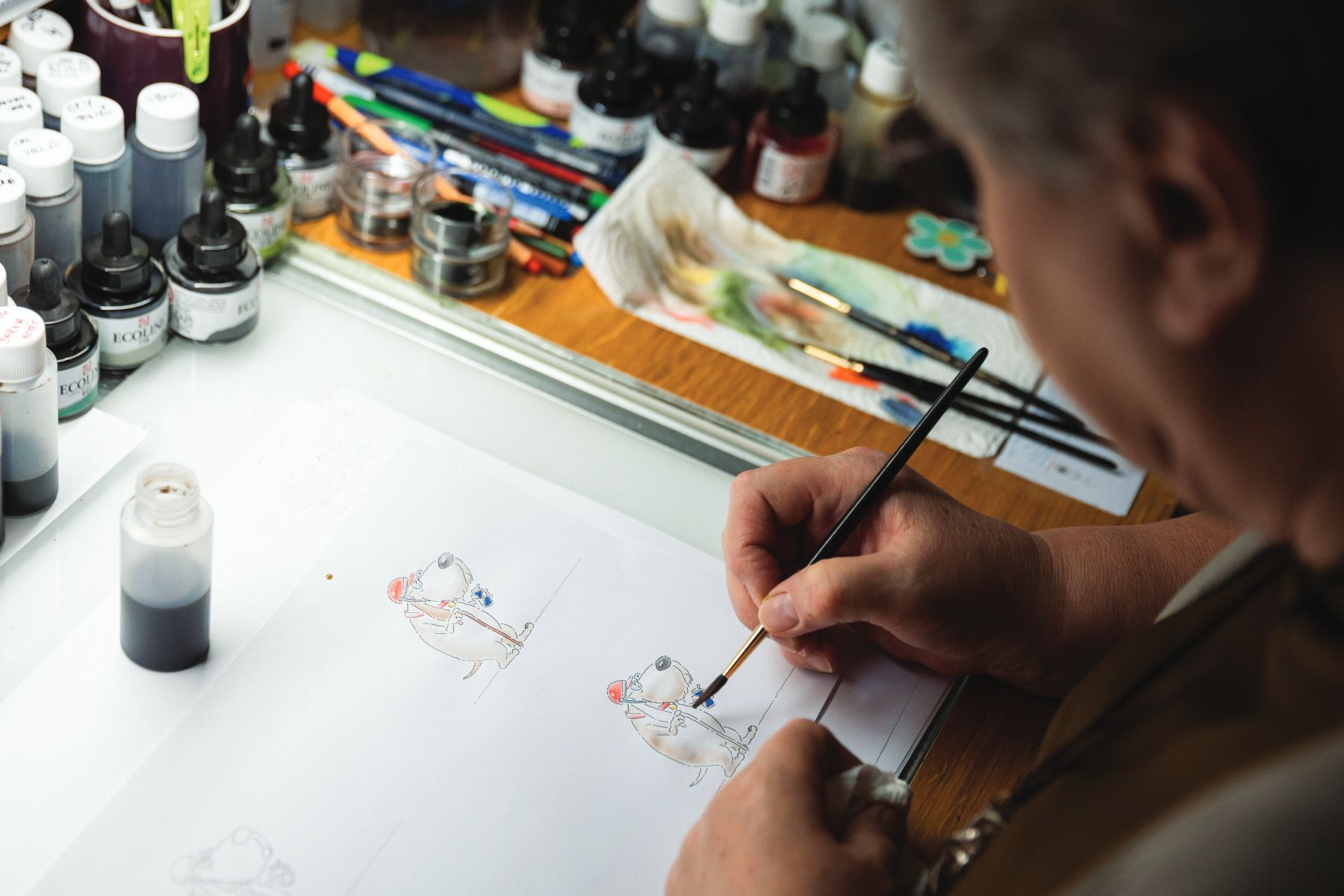
The evolution of Red Bull commercials
As for how the distinct visual style evolved during the last thirty years Monyó explains: “In the beginning, the characters as well as the stories were much simpler. Backgrounds were less emphasised, in fact, the focus was only on the two characters without any background. The films were based on witty dialogues and puns, the characters were animated with uncomplicated movements.”
“The way the cartoons are painted also changed. We worked with a more limited colour palette back then, and if the characters were painted a little clumsily that was no problem—it gave the overall look a certain charm. Being made with traditional hand drawing, it even added a vibrancy to the film”—Bözsi adds.
As for the style, as Monyó puts it, she likes Red Bull commercials for their perfect kookiness with all the large noses and V-shaped eyes. “You just look at the characters and instantly smile”. As Bözsi laughs at the thought of the large-nosed fairy in the ad “Sisyphus” we cannot help but recall all the memorable commercials with their less sophisticated characters like Dracula or Frankenstein whose clumsiness and lovable weirdness made everyone fall in love with them immediately. And of course we all remember that famous line as well—Red Bull gives you wings.
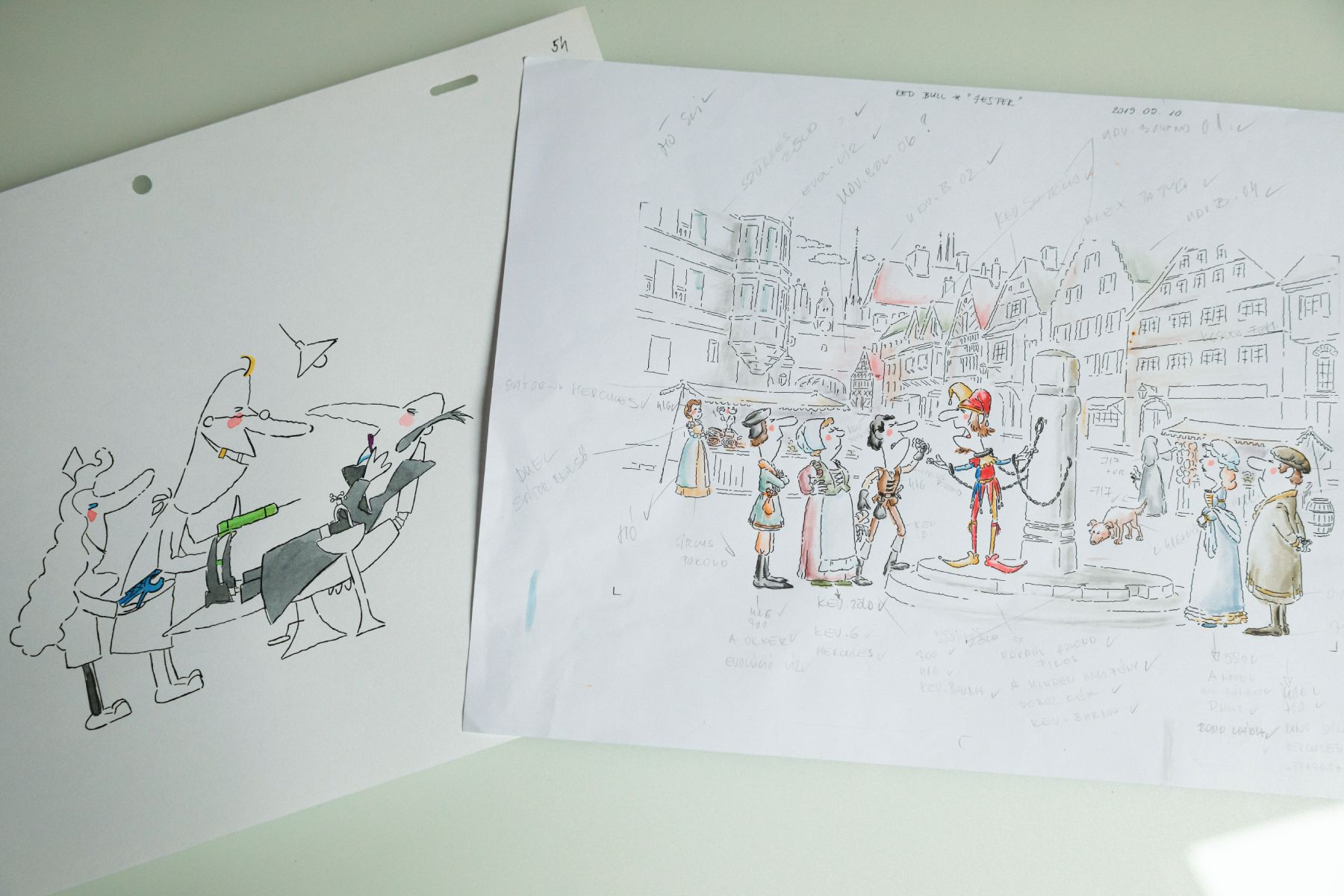
Kastner Budapest | Web
Kastner Kommunity | Web | Facebook | Instagram
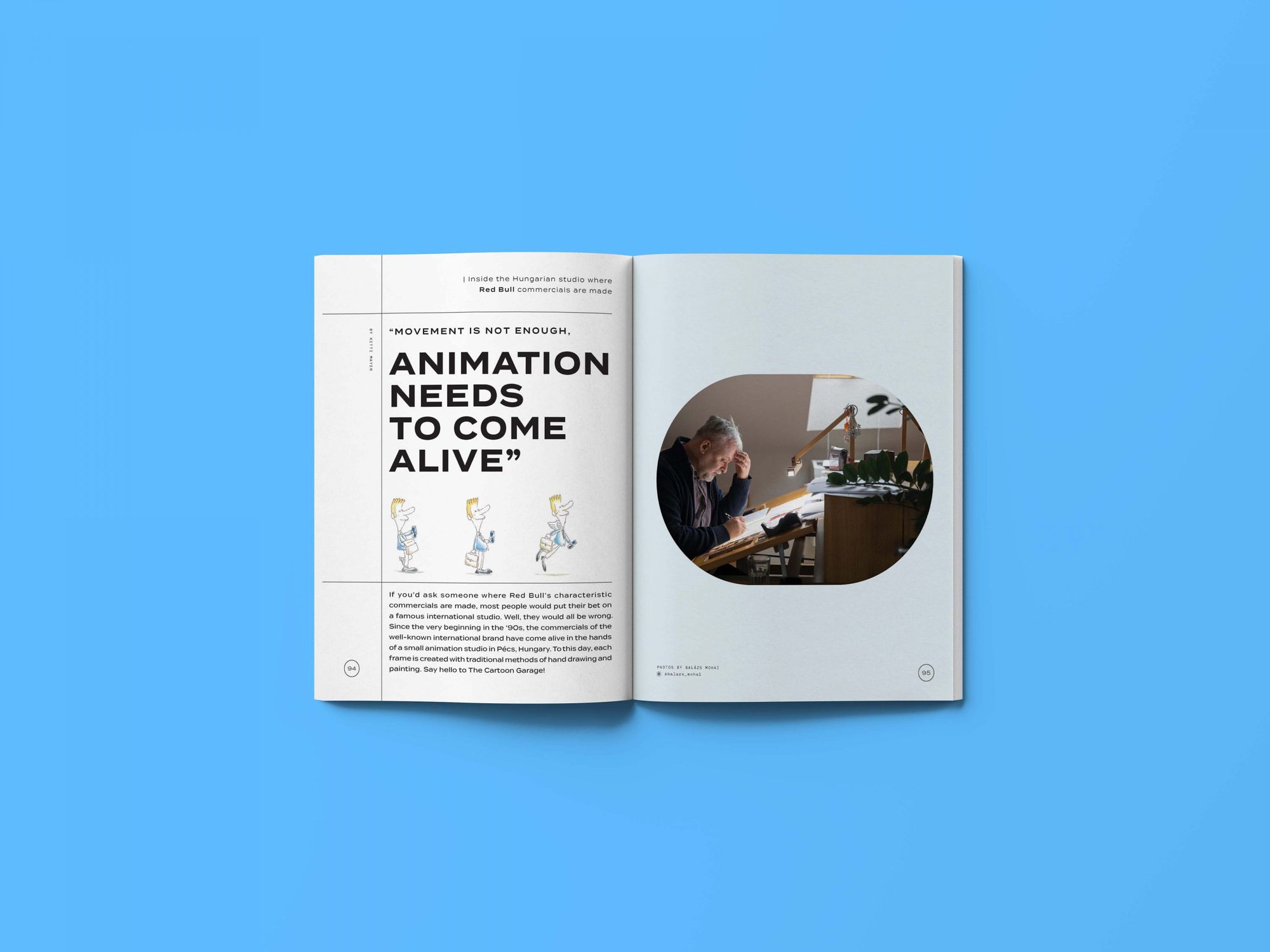
Prefer to read it in print? Order the third issue of Hype&Hyper magazine from our online Store!
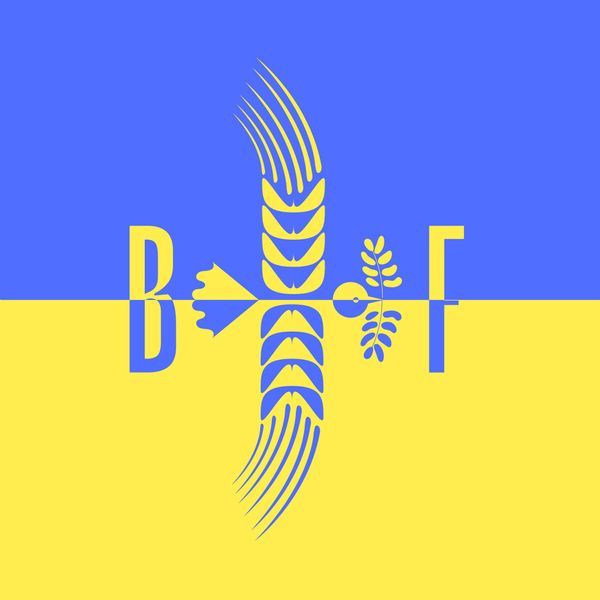
Vibrant colors, special motives—the most stylish festival looks from Eastern Europe | TOP 5
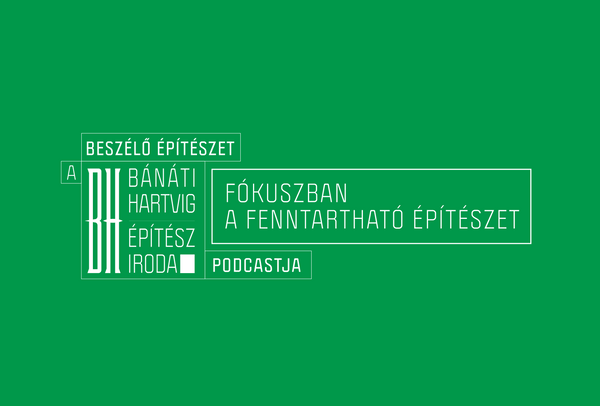
Podcast of Bánáti + Hartvig Architecture Office “Beszélő építészet” continues










